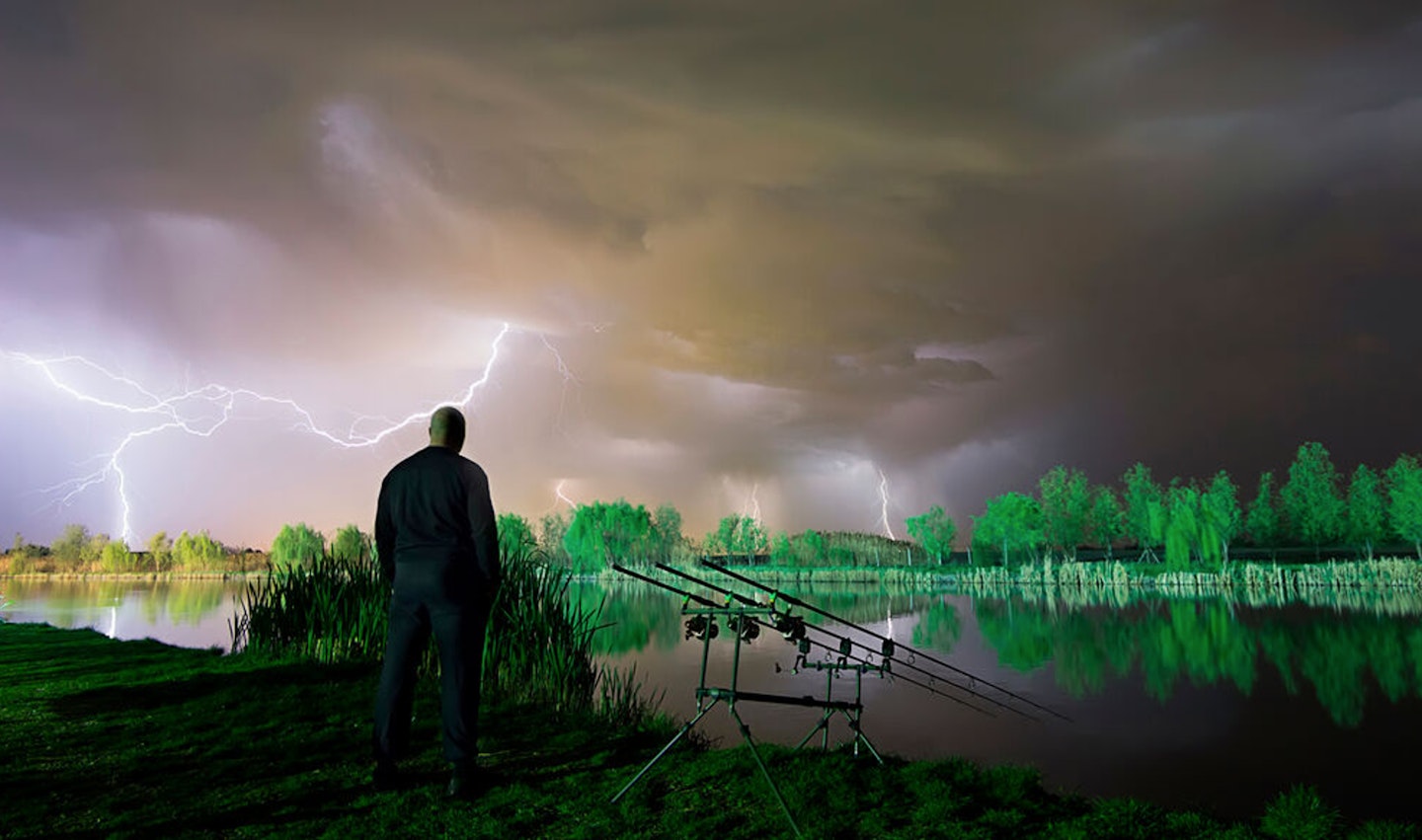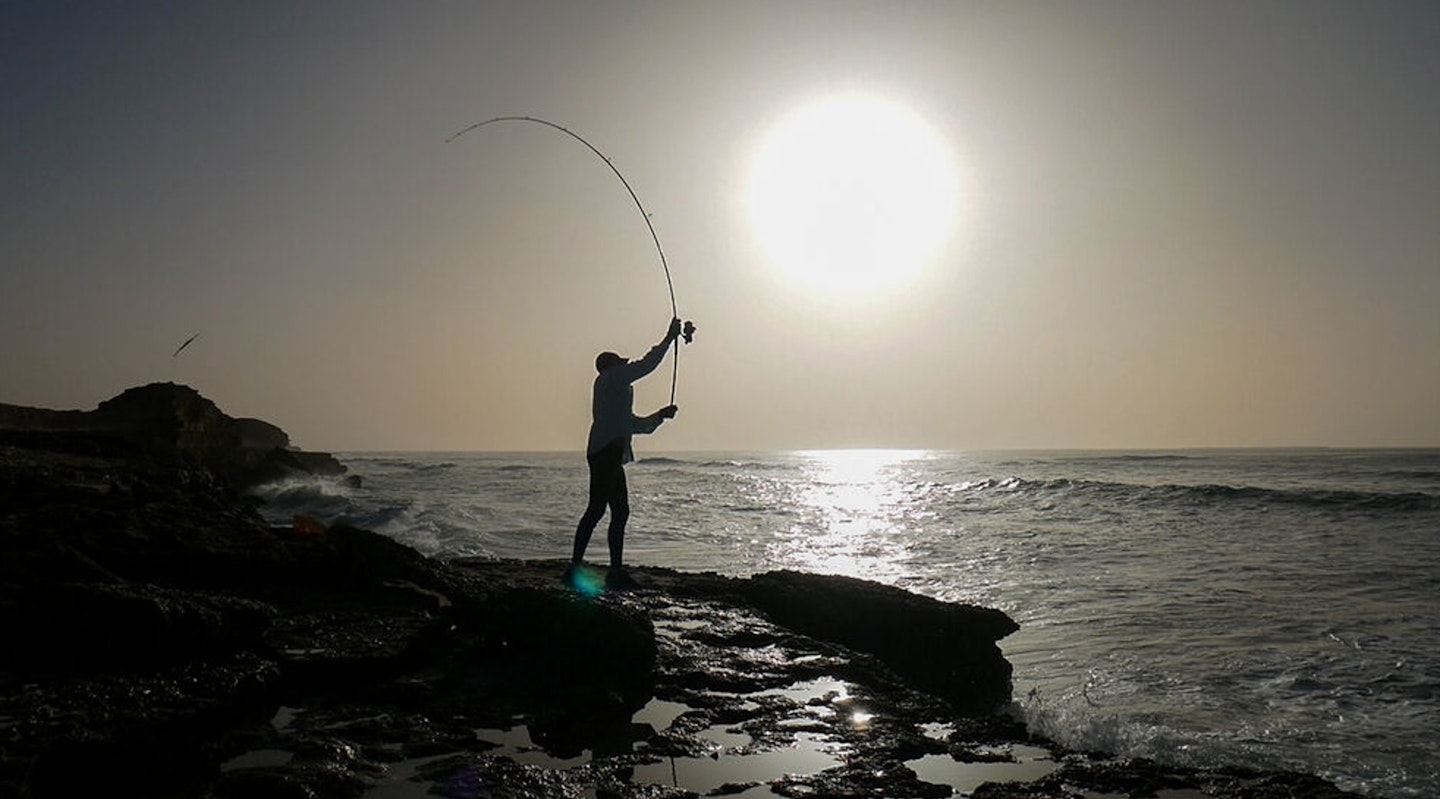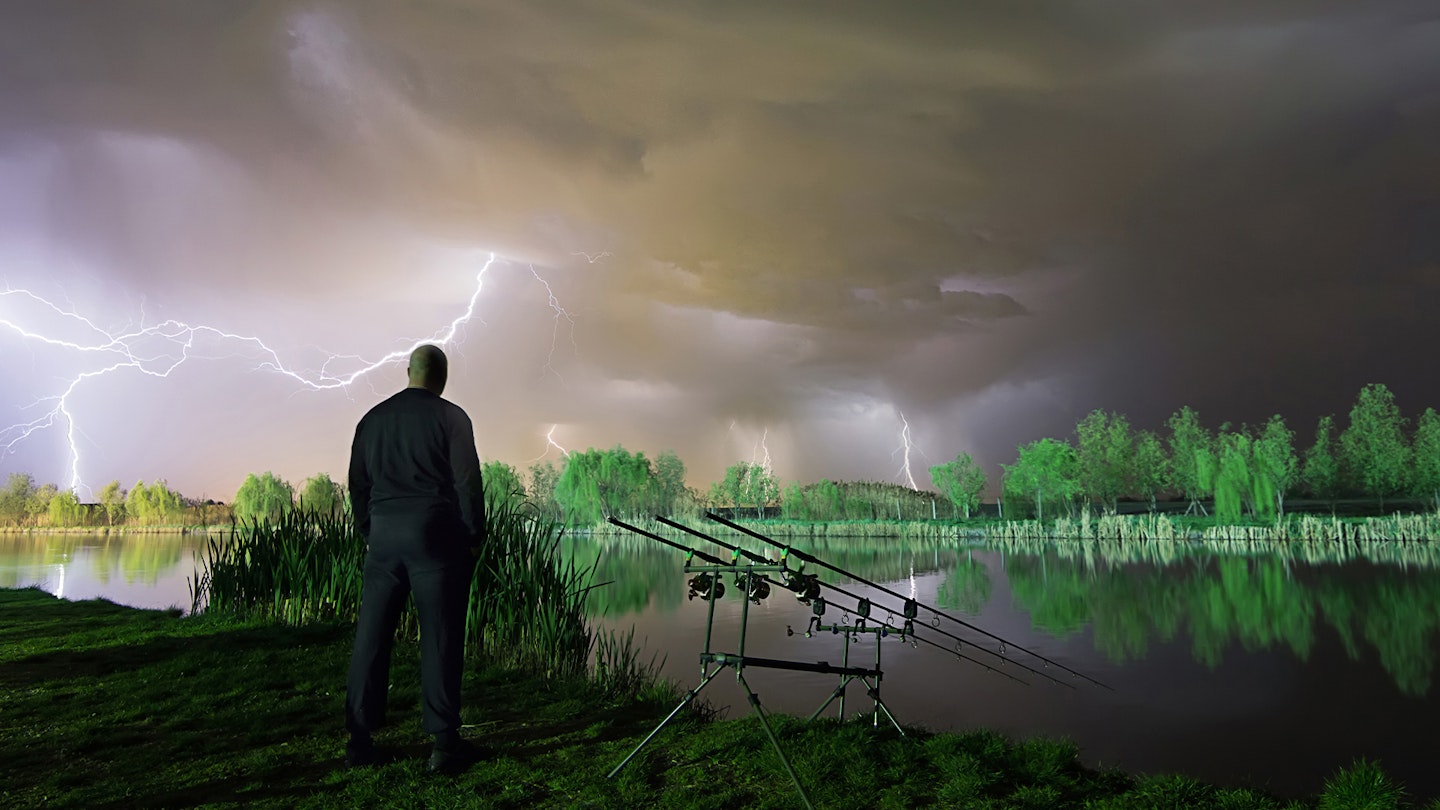LAST month Korda Tackle boss Danny Fairbrass warned anglers about the dangers of overexposure to the sun, while also detailing his ongoing battle with skin cancer.
As we head deeper into summer, with temperatures at their highest, it’s wise advice, but in order to stay totally safe on the banks this summer there are a range of other hidden dangers that all anglers should be aware of.
Each can be easily avoided by remaining vigilant and using a little common sense…
WEIL’S DISEASE
What is it?
A severe form of leptospirosis, which is contracted via contact with water or soil containing the urine of infected animals, including rats and mice, which are plentiful at some fisheries. Symptoms are flu-like – headaches, aches and pains, nausea – and most people recover with antibiotics. However, if the bacteria infect the organs, a far worse reaction occurs, which is when it becomes classified as Weil’s disease, often requiring hospitalisation.
How can I avoid it?
Cover cuts and grazes with waterproof plasters, use antiseptic hand gel throughout the day, and keep cooking or drinking utensils off the ground (this last bit being most applicable to carpers fishing overnight!)

BLUE-GREEN ALGAE
What is it?
Naturally occurring in all freshwater environments, blue-green algae is a type of bacteria known as cyanobacteria which can produce toxic chemicals. It’s widely believed that only animals are at risk from it, and while the effects are far more severe for them, it can cause serious health problems for humans, with rashes, eye irritations, vomiting and a fever.
How can I avoid it?
Summer is the high season for blue-green algae, the warm weather causing blooms. This can look like a layer of weak green/blue paint along the margins or the windward ends of lakes. To check whether it’s blue-green algae, rather than just filamentous algae, poke the scum with a stick and if it breaks into small particles or clumps, it’s likely to be blue-green algae. To avoid problems, simply fish elsewhere, and if you take your dog fishing, don’t let them drink from the margins. Report blue-green algae blooms to the EA’s 24-hour hotline on 0800 807060.

LIGHTNING
In the past 35 years, 60 people have been killed in the UK by lightning, and of these, three-quarters were partaking in outdoor sports, with fishing high on that list. Furthermore,
80 per cent of the deaths took place between May and October (peak fishing season!) and fishermen accounted for more than three times as many fatalities as golfers. Although deaths are relatively rare, serious injury from lightning strike is far more common.
How can I avoid it?
Although the chances of being hit remain slim, waving around 12ft of carbon in a thunderstorm is asking for trouble, as is bobbing about on a boat in the middle of a lake. Lightning can occur up to 10 miles away from its source cloud, so always err on the side of caution. It often strikes the tallest object in a given area, so reel in, keeping your rod low, and don’t seek shelter under any large trees or isolated structures. Sit out the storm, or, go and sit in your car… provided it’s not parked on a hilltop!

HEATSTROKE
Smothering yourself in Factor 50 may help ward off sunburn, but heatstroke, or heat exhaustion, can also be a serious problem when fishing in summer.
In a nutshell, heat exhaustion occurs when your body gets too hot. If not treated, it can swiftly turn into heatstroke, which can be life-threatening. Signs of heat exhaustion include headache, dizziness, feeling sick and cramps.
How can I avoid it?
Drink plenty of water or other cold drinks, and wear light-coloured, loose-fitting clothing. If you start to feel hot and dizzy, move out of the sun to a cool, shady place and rest while continuing to sip cold fluids.

LYME DISEASE
Contracted by being bitten by infected ticks, Lyme disease is a bacterial infection most common in southern England and the Scottish Highlands.
Early symptoms involve a circular red rash appearing around the tick bite (like a bullseye on a dartboard).
Tick bites aren’t always painful, so you may not notice these horrible creatures unless you see it on your skin!
How can I avoid it?
Use fine tweezers or a tick-removal tool (available from pet shops). Grasp the tick close to the skin and slowly pull upwards, taking care not to squeeze or crush the tick. Dispose of it and clean the bite well with antiseptic cream or gel.

